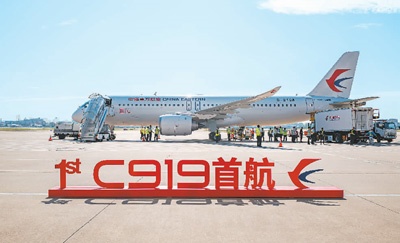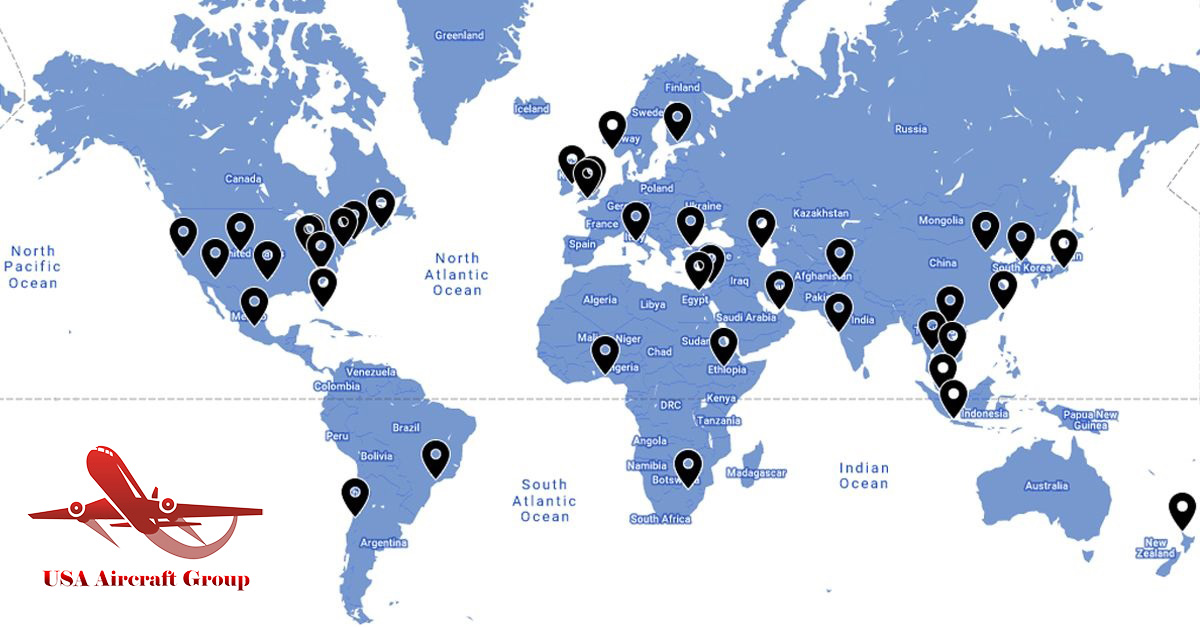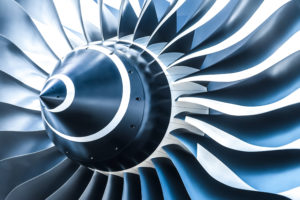Press Releases

APU - USA Aircraft Group Corporation
Date: 2025/11/6
APU, the full name is the auxiliary power device. You can think of it as a "small generator" on the plane.Although it does not generate thrust to push the plane forward, it plays a crucial role in the operation of the plane.
---
The core use of APU
APU has three main core functions:
1. Provide ground power
When the plane stops on the ground and the main engine is turned off:
· Cabin power supply: APU starts to provide power for cabin lighting, air conditioning, ventilation, kitchen, entertainment system, etc. In this way, passengers can have a comfortable environment when boarding and waiting.
· Aircraft system power supply: provide power for the aircraft's avionoelectric system, flight computer, hydraulic system, etc. to ensure that ground maintenance and pre-flight inspection can be carried out normally.
2. Provide compressed air to start the main engine
This is a very important function of APU.
· The jet engine cannot start by itself, and needs an external "power" to drive its core parts to rotate.
· After the APU is started, it can generate high-pressure compressed air (air diversion), which can be transported to the main engine through the pipeline, and the turbine inside the engine can be blown to start the main engine.
· Alternatives: In the absence of APU or APU failure, ground staff are required to use ground power trucks and ground gas trucks to provide electricity and compressed air, but this will increase the time and cost of ground security.
3. Provide compressed air for cabin air conditioning and supercharging
· On the ground, the air intake provided by APU can drive the air conditioning system of the aircraft to cool or heat the cabin.
· During the flight, if the main engine fails (extreme circumstances, such as double failure), the APU can be started automatically or manually at high altitude to provide the necessary supercharging and ventilation for the cabin to ensure the safety of passengers and crew.
---
The working stage of APU
· Ground stage (before take-off): provide electricity and air conditioning, and start the main engine.
· Flight stage:
· Under normal circumstances: After the main engine is started, it will generate electricity and provide ventilation. At this time, the APU is usually turned off to save fuel.
· In case of emergency: If the main engine or its generator fails, the APU will start immediately. As a backup power supply and air source, it provides crucial power, which is an important guarantee for flight safety.
· Ground stage (after landing): The plane taxis to the stop. After turning off the main engine, the APU will start again to provide electricity for passengers to get off the plane and carry out follow-up inspection until the plane is connected to the external ground power supply.
---
The location of APU
APU is usually installed at the tail of the aircraft. There are several advantages of such a layout:
1. Stay away from the air intake and exhaust ports of the main engine to avoid mutual interference.
2. Separate the fire risk (although small) from the cabin and fuel tank area.
3. Its exhaust will not affect the work of the ground personnel.
Sum up
Simply put, APU is the "mobile power supply" and "portable air compressor" of the aircraft. It allows the aircraft to complete independently without relying on ground equipment:
· Passenger comfort: provide a comfortable cabin environment on the ground.
· Autonomous operation: start your own main engine independently.
· Security protection: as a key backup system in the air.
Without APU, the operational efficiency and safety of modern civil aviation will be greatly reduced.













